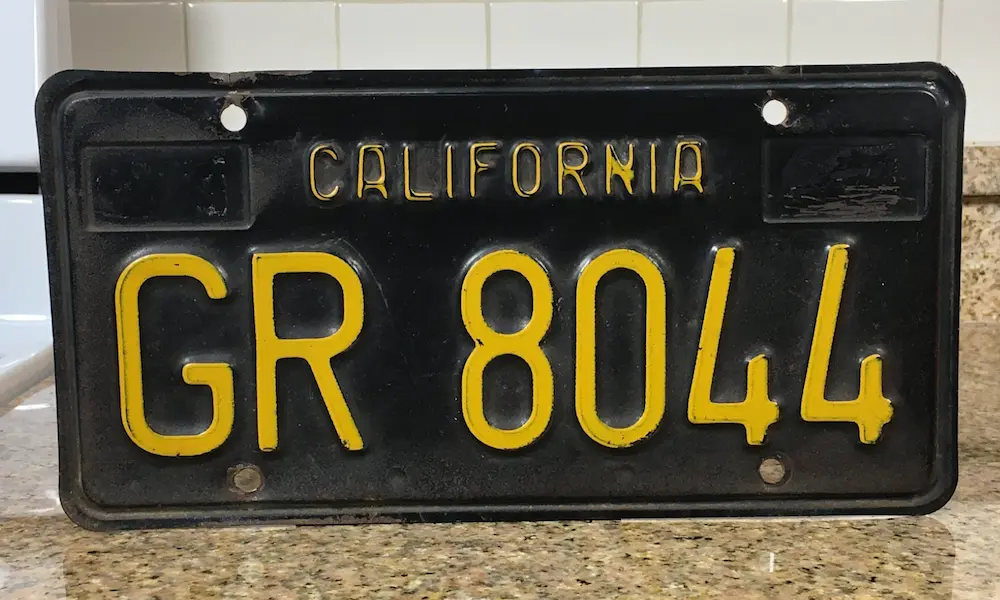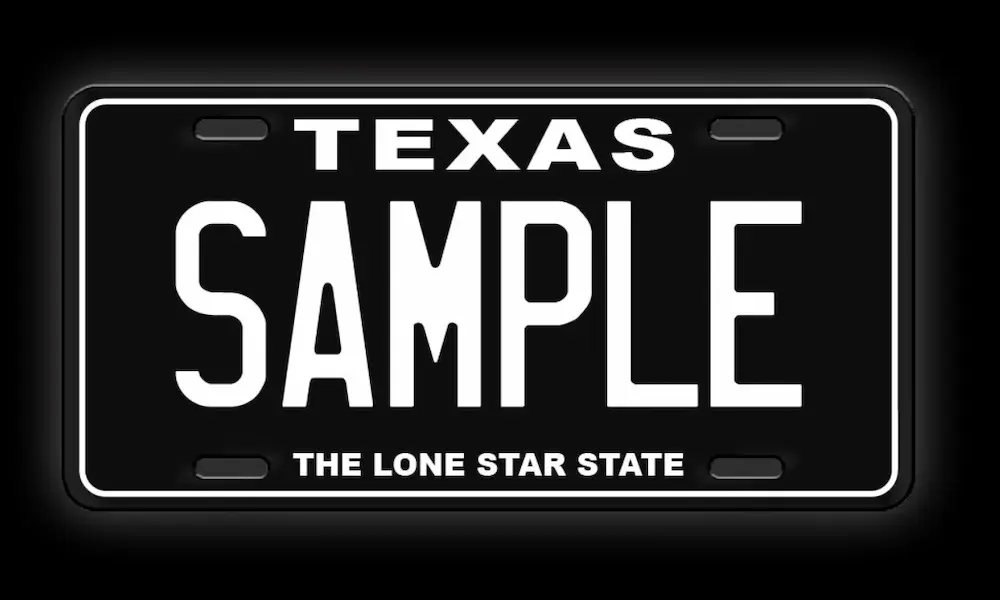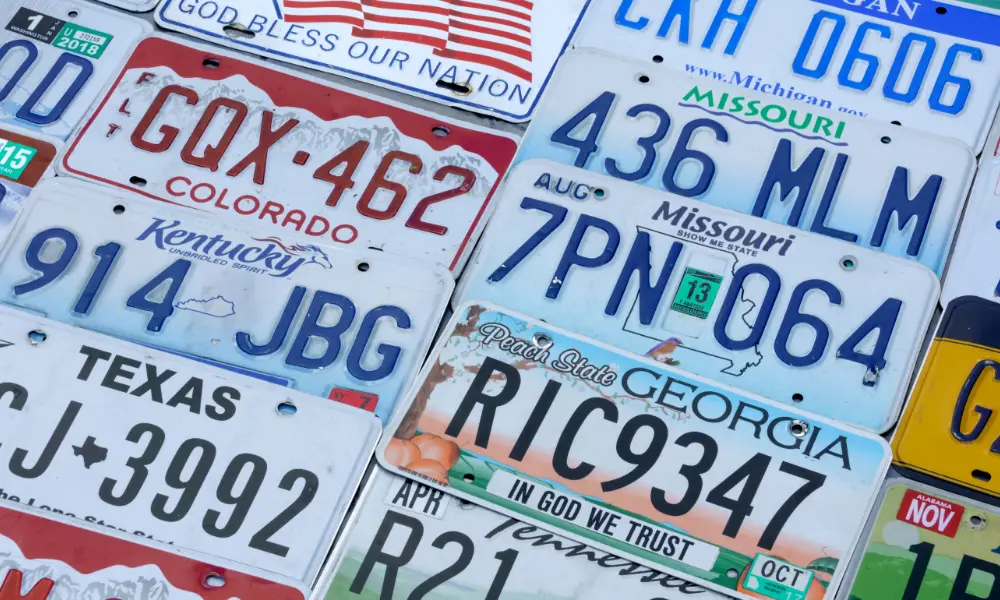Ever wonder whether you need both a front and rear license plate? In the United States, 29 states require a front license plate, including big ones like Texas, California, and New York. This can help you avoid fines and keep law enforcement happy. Don’t let missing a simple detail like this cause you unnecessary stress. Keep reading to ensure you’re covered.
Understanding License Plate Requirements
Knowing which states require a front license plate can help you avoid traffic fines and ensure that your vehicle complies with local laws. Some states have strict regulations, while others are more lenient.
The Basics of Front License Plates
Front license plates are required in 29 states in the U.S., including California, Texas, and New York. These plates are used to help identify vehicles from both the front and the back. They also help law enforcement and traffic cameras capture vehicle information more easily.
If you often drive in states like Nevada or Virginia, you should be aware of the front license plate requirement. Make sure to check your state’s specific laws to avoid unnecessary fines and ensure your vehicle remains street-legal.
Differences Across the States
Not all states have the same rules regarding front license plates. For instance, Washington requires both front and rear plates, while some states only require a rear plate. This means that if you move or frequently travel between states, you might need to adjust your vehicle’s plates to stay compliant.
In 2020, Ohio changed its law, so front plates are no longer required there. Meanwhile, states like Nevada and Virginia still enforce the front plate law, making it crucial to stay informed about where you drive.
Staying updated on these differences can save you from fines and help maintain compliance with local laws. Always double-check if you’re moving to a new state or planning a road trip.
States Mandating Front License Plates
Some states in the U.S. require both a front and rear license plate on your vehicle, helping in identification and enhancing law enforcement efforts. Here, you’ll find details on which states have this requirement and specific rules you might need to follow.
Complete List of States
The following 29 states and the District of Columbia mandate that you have a front license plate on your car:
- California
- Texas
- New York
- Colorado
- Connecticut
- Hawaii
- Idaho
- Illinois
- Iowa
- Maine
- Maryland
- Massachusetts
- Minnesota
- Missouri
- Montana
- Nebraska
- New Hampshire
- New Jersey
- North Dakota
- Ohio
- Oregon
- Rhode Island
- South Dakota
- Utah
- Vermont
- Wisconsin
- Wyoming
- District of Columbia
Specific State Requirements
In some states, the front license plate laws come with additional rules.
California and Texas require the front plate to be displayed whenever the vehicle is on public roads.
New York mandates both plates to be securely fastened and clearly visible.
Ohio recently changed its law but still requires front plates for certain types of vehicles.
Some states, like Massachusetts and Hawaii, have stricter fines for not displaying a front plate, while others, such as Minnesota and Missouri, emphasize clear visibility and secure attachment above all else.
By following these requirements, you ensure compliance and avoid fines while driving through these states.
States Without Front License Plate Requirements
In the United States, some states do not require a front license plate on all vehicles. These states often cite reasons such as lower vehicle theft rates or different law enforcement priorities.
States Allowing Single-Plate Systems
Several states let you use just a rear license plate. These states include Florida, Georgia, and Indiana. Besides these, Tennessee, West Virginia, and Pennsylvania also fall into this category.
New Mexico and North Carolina are among the states that don’t need front plates. In the western states, places like Arizona and Oklahoma allow vehicles to go without front plates.
Many of these states have chosen single-plate systems due to lower population densities or fewer vehicle thefts. This preference makes it easier for vehicle owners, offering cost savings and reducing the hassle of plate installation.
Understanding The Exemptions
Certain vehicles are exempt from front license plate requirements even in states that typically require them. For example, classic cars often receive exemptions because adding a front plate can detract from their vintage appearance.
Similarly, motorcycles are usually exempt because there’s often no practical place to mount a front plate. Some states also offer exemptions for vehicles that are rarely used on public roads.
These exemptions make it easier for you to maintain specific types of vehicles without worrying about legal issues or altering their appearance.
Legal and Safety Considerations
States that require front license plates have reasons tied to public safety and legal enforcement. These considerations can impact fines, law enforcement activities, and vehicle registration rules.
The Role of Front Plates in Public Safety
Front license plates help law enforcement identify vehicles from both directions. This can be crucial in tracking down stolen cars or criminals.
Random checks for expired plates or other violations are easier with front plates. This can help reduce crime and enforce road safety. Also, cameras at intersections and tolls need front plates for accurate monitoring.
Overall, front plates ensure that vehicles can be identified quickly and correctly. This plays a significant role in daily policing and in emergencies.
Penalties for Non-Compliance
Driving without a front plate in states that require it can lead to fines and other penalties. These fines vary by state but can cost you around $100 or more.
Repeated offenses can result in higher fines or other penalties. It’s also possible that your vehicle registration could be impacted, causing further legal issues.
Law enforcement officers might pull you over if they notice a missing front plate. This can be inconvenient and lead to additional scrutiny. You should always check with your local DMV for specific regulations to avoid these penalties.
Practical Aspects of Front Plates
When dealing with front license plates, there are several practical considerations such as how you mount and maintain them, as well as the costs and availability of necessary components.
Mounting and Maintenance
Mounting a front license plate typically involves using a plate bracket provided by the vehicle manufacturer or bought as an aftermarket accessory. Some vehicles come with pre-drilled mounting holes on the bumper. However, if your car doesn’t have these, you’ll need to create them yourself or visit a professional.
You’ll need screws to secure the plate bracket to the bumper. The Department of Motor Vehicles (DMV) usually specifies the type and size of screws, so it’s crucial to use the correct ones to avoid issues.
Maintenance involves ensuring the plate is visible and free from dirt, damage, or obstructions. A dirty or damaged plate can lead to a fix-it ticket, a minor violation where you must correct the issue and provide proof to the authorities.
Cost and Accessibility
The cost of front plates can vary based on the manufacturer and the type of vehicle. The price for a plate bracket ranges from $10 to $50, while professional installation could add an extra $50 to $100.
In some states, the DMV provides the front plate free of charge, but you might have to pay for a replacement if it’s lost or damaged. Additionally, if you don’t have one and it’s required, you could face fines or penalties.
You can usually find all necessary components like screws and brackets at auto-parts stores or online. Always make sure to check with your DMV for specific requirements to avoid any compliance issues.









